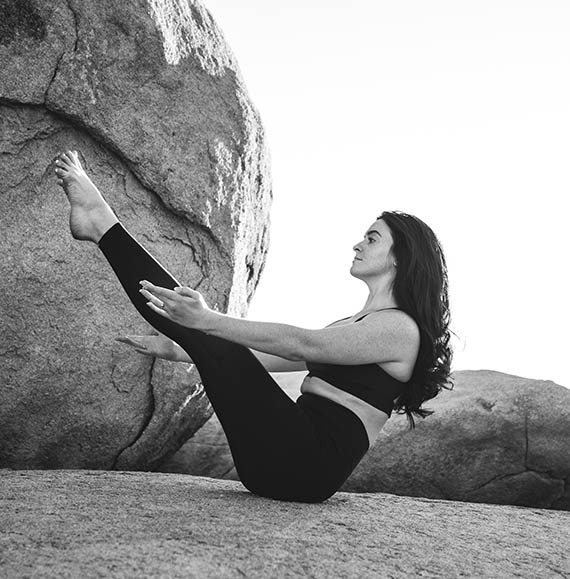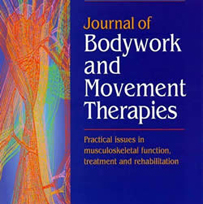
Link to full article: https://www.bodyworkmovementtherapies.com/article/S1360-8592(20)30065-6/fulltext
Excerpt from the Full Text Introduction:
Hearing impairment is shown to have negative impacts on developing communication skills as it hampers social and motor skills and delays mental growth (Vidranski & Farkaš, 2015). Brunt and Broadhead (1982) reported that pressure and the stature swing speed increase significantly in deaf children, compared to their healthy peers.
Nevertheless, though hearing impairment is mostly a communication-related problem, it can also be associated with other health factors such as balance defect or damage of sensory integration and motor development (Cushing, Chia, James, Papsin, & Gordon, 2008). Walicka-Cupryś et al. (2014) found that proper functioning of hearing organs depends heavily on postural stability. Moreover, head position in space affects vestibular receptors and generates reflex responses that trigger basic motor responses responsible for keeping the head and body posture.
Studies demonstrate that approximately 49-95% of children suffer to different degrees from hearing impairment that tends to increase over time (Selz, Girardi, Konrad, & Hughes, 1995). Children develop adult-like postural stability at ages 7-10 under hard or soft sensory conditions (Shumway-Cook & Woollacott, 2007). However, hearing-impaired children show delayed or abnormal postural development as a major sensorimotor problem which is often associated with vestibular dysfunction (Suarez et al., 2007). Moreover, cochlear and vestibular systems are anatomically inter-related and damage to one disrupts the other, leading finally to balance disorders (An, Yi, Jeon, & Park, 2009).
Balance is a complex motor skill referring to body posture dynamics that prevent postural imbalance and falling (Erdem & Akyüz, 2017). A correct postural control and balance is essential for doing everyday activities in the workplace, as well as home, and enhances physical readiness for a better sport performance (Wälchli, Ruffieux, Mouthon, Keller, & Taube, 2018). A great deal of the literature is dedicated to the relationship between hearing disabilities and balance deficit.
Rajendran, Roy, and Jeevanantham (2012) showed in their study that hearing-impaired children, compared to their normal counterparts, suffered from dysfunctions in postural control and motor skills. They also suggested that clinical and educational programs for deaf children need to include an evaluation of balance and motor skills. In the same vein, Vidranski and Farkaš (2015) observed significant differences in the balance and motor skills of hearing-impaired, as compared to healthy, children.
Hyun, Hwangbo, and Lee (2014) studied effects of a 12-week Pilates training protocol on balance in elderly female and observed significant changes in their static and dynamic balance. Similarly, de Oliveira, de Oliveira, and de Almeida Pires-Oliveira (2015) studied effects of a 12-week Pilates Course on lower limb muscle strength and balance in the elderly and reported significant differences in isokinetic torque between hip extensors and flexors and balance.
New developments in the area of sports for people with disabilities, particularly deaf people, call for an inclusive study of balance. Studies show that Pilates training improve balance and postural control. However, these studies mostly focus on the elderly (de Oliveira et al., 2015; Hyun et al., 2014). Therefore, the present study evaluates effects of Pilates training on static and dynamic balance of deaf female students.
Abstract
Introduction
To evaluate the effect of Pilates training on static and dynamic balance of deaf female.
Methods
This study is a randomized, controlled trial with concealed randomization and blinded assessments. 19 female deaf students participated in this study and were randomly assigned into experimental (n=9) and control (n=10) groups. Static balance was examined by evaluation of the balancing errors (BESS), and dynamic balance was examined by Y balance test (YBT). The experimental group performed a Pilates training program for 8 weeks (three sessions of 60 minutes).
Results
The findings showed that experimental group showed a significant change in static balance with open eye, static balance with close eye, dynamic balance (dominant limb), dynamic balance (non-dominant limb) after 8 weeks Pilates training (p < 0.05). The control also showed no significant changes after training duration (p > 0.05).
Conclusions
This study showed that Pilates training significantly improve balance in female deaf students.
(Photo by Wesley Tingey on Unsplash)

Member Benefit: PAA Full Membership includes Subscription to the JBMT
Have you signed up for your free subscription to the Journal of Bodywork and Movement Therapy yet?
Full members with an active PAA membership have a subscription to the JBMT included with membership (lists are updated quarterly).
Follow this link for instructions on how to access your complimentary subscription to the Journal: JBMT registration instructions

Comments are closed.